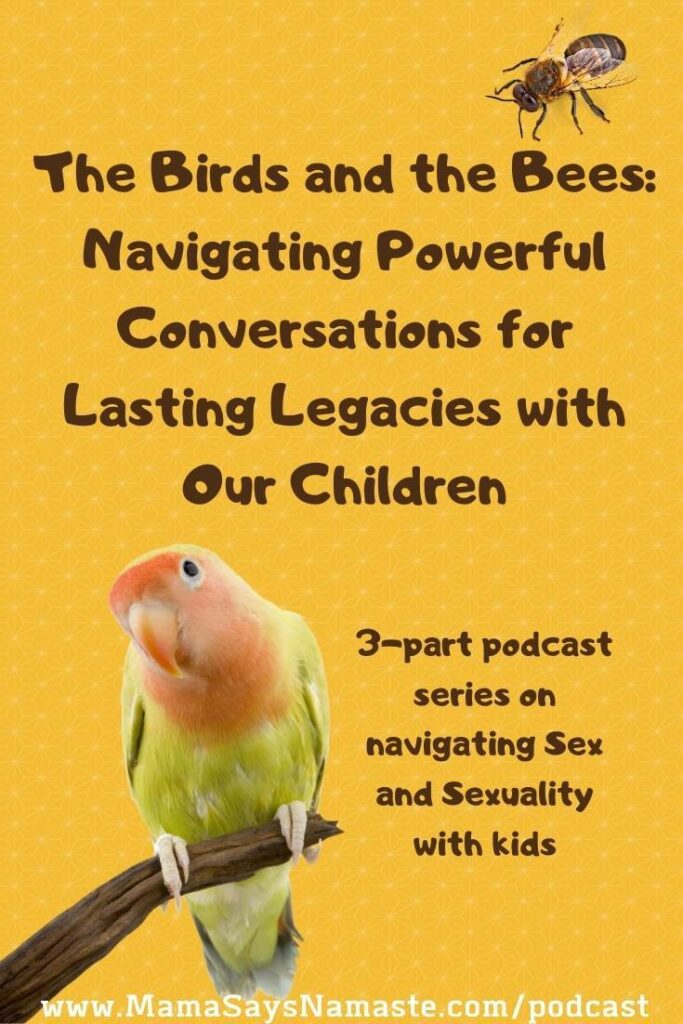
Talking to your child about sex, relationships, and reproduction can feel daunting. However, open and honest conversations are crucial for their healthy development and well-being. This guide provides a framework for navigating these sensitive topics with age-appropriate language and clear explanations, empowering you to have meaningful discussions with your children.
This article will delve into the key aspects of a “birds and the bees” talk, covering everything from basic reproductive processes to the importance of healthy relationships and open communication. We’ll explore how to tailor your approach based on your child’s age and understanding, ensuring they receive accurate information in a way that feels comfortable and safe.
Age-Appropriate Language
Using language that is appropriate for your child’s developmental stage is essential. Avoid overly technical terms or euphemisms that can be confusing. Instead, opt for simple, clear words that they can easily understand. For younger children, focus on basic concepts like “baby making” and “growing up.” As they mature, you can gradually introduce more specific terminology.
Remember to be patient and answer their questions honestly, even if they seem awkward or embarrassing. Creating a safe space for them to ask anything without judgment will encourage open communication in the long run.
Reproduction Explained
Start by explaining the basic concept of reproduction – how babies are made. You can use simple analogies like seeds growing into plants or eggs hatching into chicks. Explain that both boys and girls have special parts that help create a baby. For boys, this includes the penis and testicles, which produce sperm. For girls, it includes the vagina and ovaries, which produce eggs.
When a sperm meets an egg, it’s called fertilization. This fertilized egg then grows inside the mother’s womb for about nine months until the baby is born. You can use diagrams or illustrations to help visualize this process.
Puberty and Physical Changes
Puberty is a natural stage of development where children go through physical changes that prepare them for adulthood. Explain that these changes happen gradually over several years and affect both boys and girls differently. For girls, this includes breast development, menstruation, and body hair growth. For boys, it includes voice deepening, facial hair growth, and muscle development.
Reassure your child that these changes are normal and healthy. Discuss the emotional ups and downs they might experience during puberty and encourage them to talk to you about any concerns or questions they have.
Healthy Relationships
Teaching children about healthy relationships is crucial for their well-being. Explain that a healthy relationship involves respect, trust, communication, and boundaries. Discuss different types of relationships – friendships, romantic relationships, and family relationships – and emphasize the importance of treating everyone with kindness and consideration.
Talk about consent and how it applies to all types of interactions. Explain that saying “no” is always okay and that no one has the right to pressure them into doing something they’re not comfortable with.
Open Communication
Encourage open communication by creating a safe and supportive environment where your child feels comfortable asking questions about sex, relationships, and their bodies. Listen attentively to their concerns and answer their questions honestly and age-appropriately.
Let them know that you are always there for them, no matter what. Regularly check in with them about how they’re feeling and encourage them to share any thoughts or experiences they might have.
Conclusion
Having a “birds and the bees” talk with your child is an important step in their development. By using age-appropriate language, providing clear explanations, and fostering open communication, you can empower them with the knowledge and tools they need to navigate these complex topics with confidence and understanding. Remember that this conversation is not a one-time event but an ongoing dialogue that should evolve as your child grows and matures.
